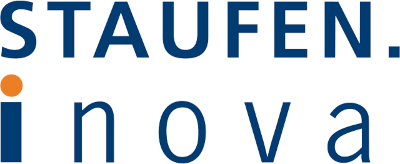
Complex supply chain networks have always been susceptible to disruptions. Yet, it has only been the crises of the most recent years that have shown just how fragile they really are. Still, how can networks become more resilient and sustainable? At the BestPractice Day 2023 annual convention, experts from various industries shared their knowledge on this topic with our guests during the technical forum “Supply Chain Network Management & Sustainability”.
“This decade has been characterized by the instability of global supply chain networks.” This is how Canan Jungel, Head of Supply Chain Network Management at Staufen AG, introduced the topic. This makes it all the more important, he continued, to make networks more resilient with digitalization efforts. Even the latest Staufen study “Future Industry 2023” makes clear that around three quarters of companies see digitalization of their processes as having the greatest potential for making their own networks more resilient and adaptable. At the same time, data transparency has been shown to be the basis for more sustainability in networks. “In the past, companies all too often took the lone-wolf approach to the topic of sustainability”, explains Canan Jungel. Only four out of ten of the more than 400 companies surveyed for the study in Germany, Austria, and Switzerland have already opted for more robust networking among their network partners. Of them, only 21 percent currently share environmental data with customers and suppliers.

Networking ensures better decision-making

Digitalization and cooperation play a huge role in the supply chain network of the BMW Group as well. A representative of the automotive manufacturer based in Munich, Germany explains how a digital crisis management is being successfully implemented in the digital supply chain of the company. Standardization, automation, networking, analytics, prediction and autonomy are the key capacities required in this kind of digital supply chain. Today, BMW is in a position to undertake forecasts and simulations of future developments using a number of different scenarios, taking into account the political-economic variables and social and technological factors that influence them, enabling the Group to make decisions and initiate measures in good time. The automaker’s digital crisis management includes a workflow that periodically reviews and updates contacts on the supplier side. In the process, all data – for preventative analyses, for example – are digitally evaluated.
Taking lessons from the ecosystem for the supply chain
The Schwabe Group, a producer of herbal medicines, is affected by a “natural” volatility in the supply chain due to weather, insect infestation, and the seasons. In his presentation, Dr. Harald Orth, Vice President Supply Chain & Logistics, took this relationship with nature as an opportunity to elaborate on which lessons companies can learn from ecosystems for their supply chains:
- The strength of networking (as seen, for example, within an ant colony or a bee colony): “People can do much more working together as a team in achieving a common goal.”
- Resilience: “Ecosystems that are able to rebound from disturbances such as droughts, fires, or floods will persist. Individuals and companies that recover from setbacks are just more effective.”
- Adaptability: “Organizations that are able to adapt to the changing environment quickly enough have a greater likelihood of survival and success.”
- Sustainability: “Ecosystems that are well-balanced and use their resources efficiently can endure for long periods of time. Companies that place a priority on sustainability are more likely to have an intact environment and stable financial fortitude.”
- Diversity: “Ecosystems with greater versatility are more resilient to disruptions.”

Reducing the CO2 footprint in the supply chain

The conference concluded with a presentation by Dr. Jens Ottnad, R+D Head Data & AI at Trumpf, on its research project de:karb, which the company is undertaking in collaboration with partners. Today, steel and sheet metal production accounts for around a quarter of industrial emissions in Germany. The objective of this project is to make the CO2 footprint in sheet metal production more transparent along the entire supply chain. The required efficiency will be achieved with a freely accessible online platform that allows companies to precisely determine the CO2 footprint of their specific component. Based on the acquired data, it becomes clear which measures bring the most effective CO2 savings in which production step.
Digitalization is key to improved climate protection in the industry.
Jens Ottnad,
Project Manager at Trumpf
You might also be interested in

AI in the supply chain network
Decentralized growth led to problems in the supply chain network at ABICOR BINZEL: the service quality and margin declined. The company utilizes a software to dismantle existing data silos and restructure data operations. This also benefits ABICOR BINZEL in the current multi-crisis. In addition, the cutting and welding torch manufacturer utilizes artificial intelligence in sales planning.
Read more
Supply Chain Network Management
What will the stable supply chain network of tomorrow look like? An answer to this and other questions can be found in our white paper.
Read more

